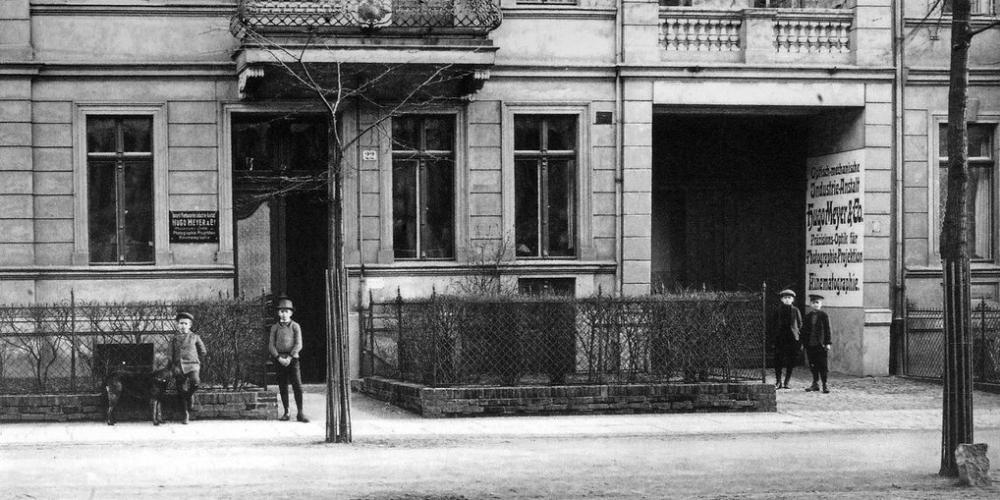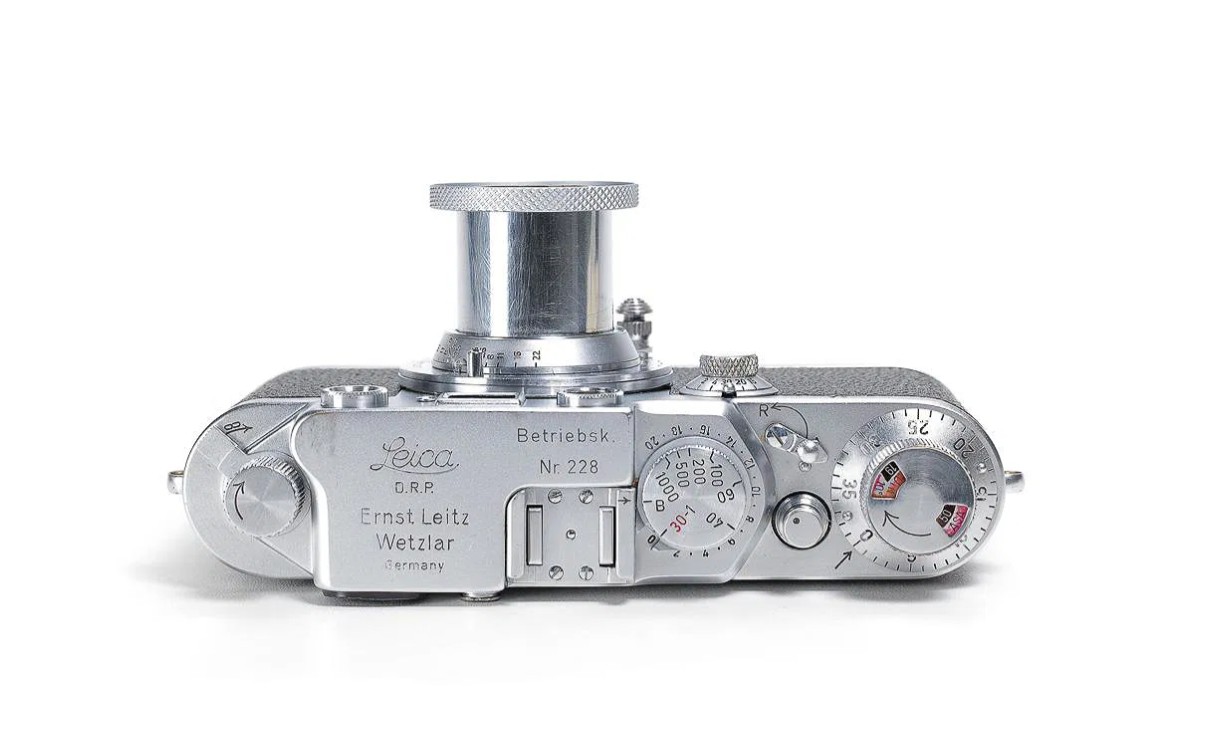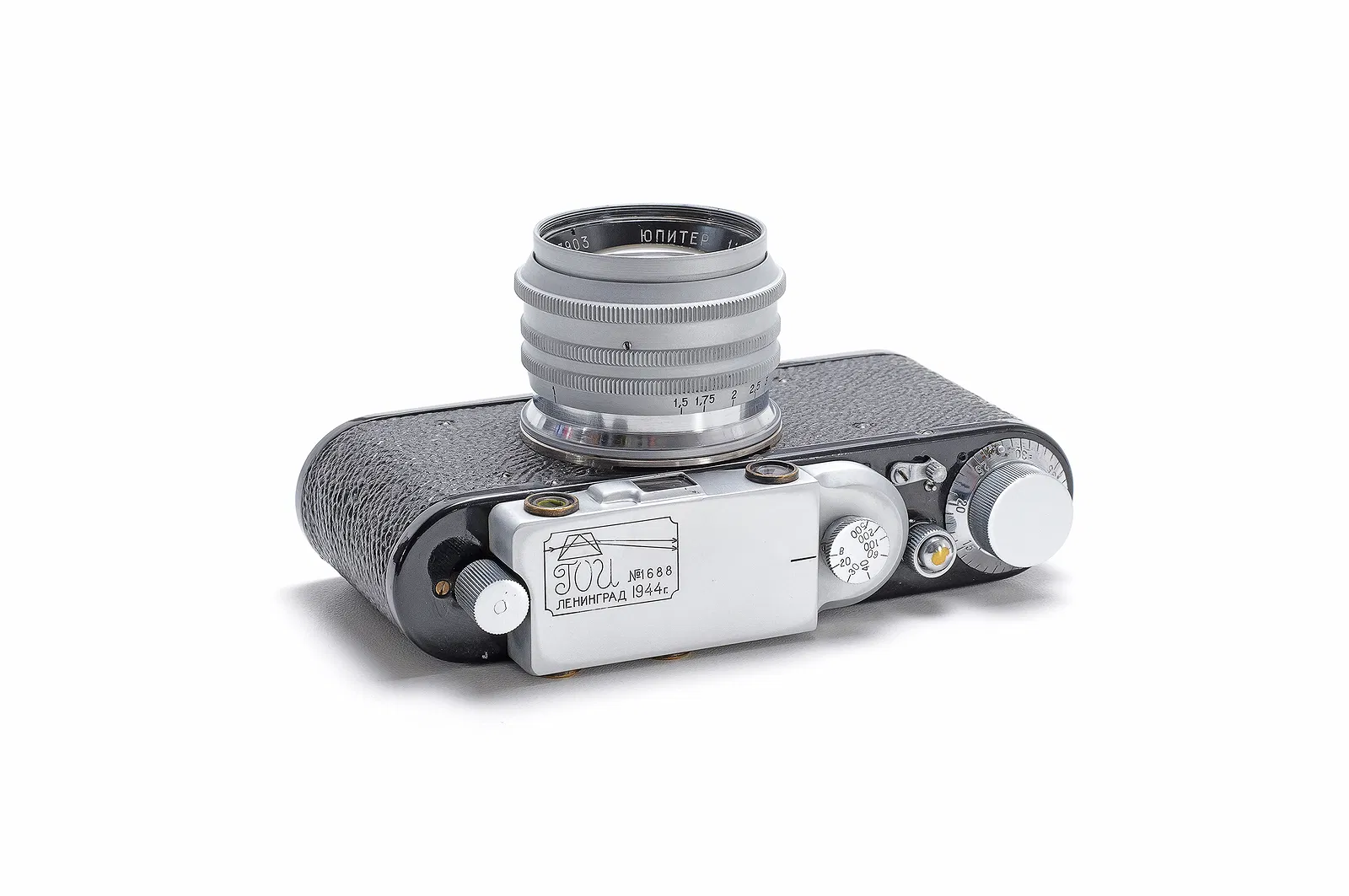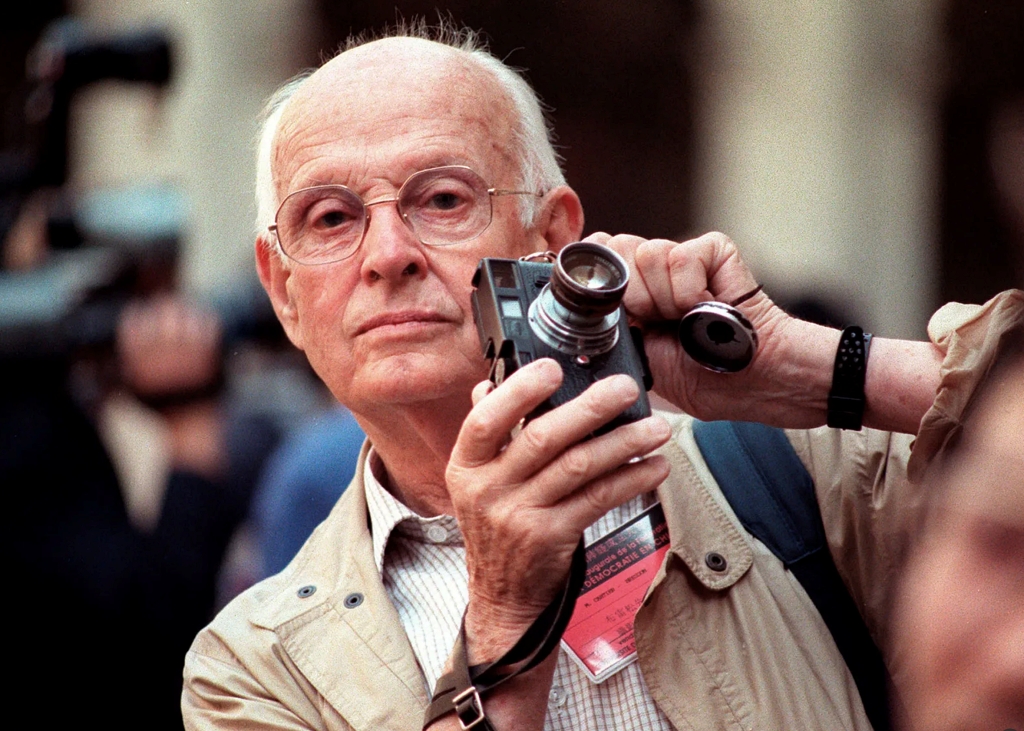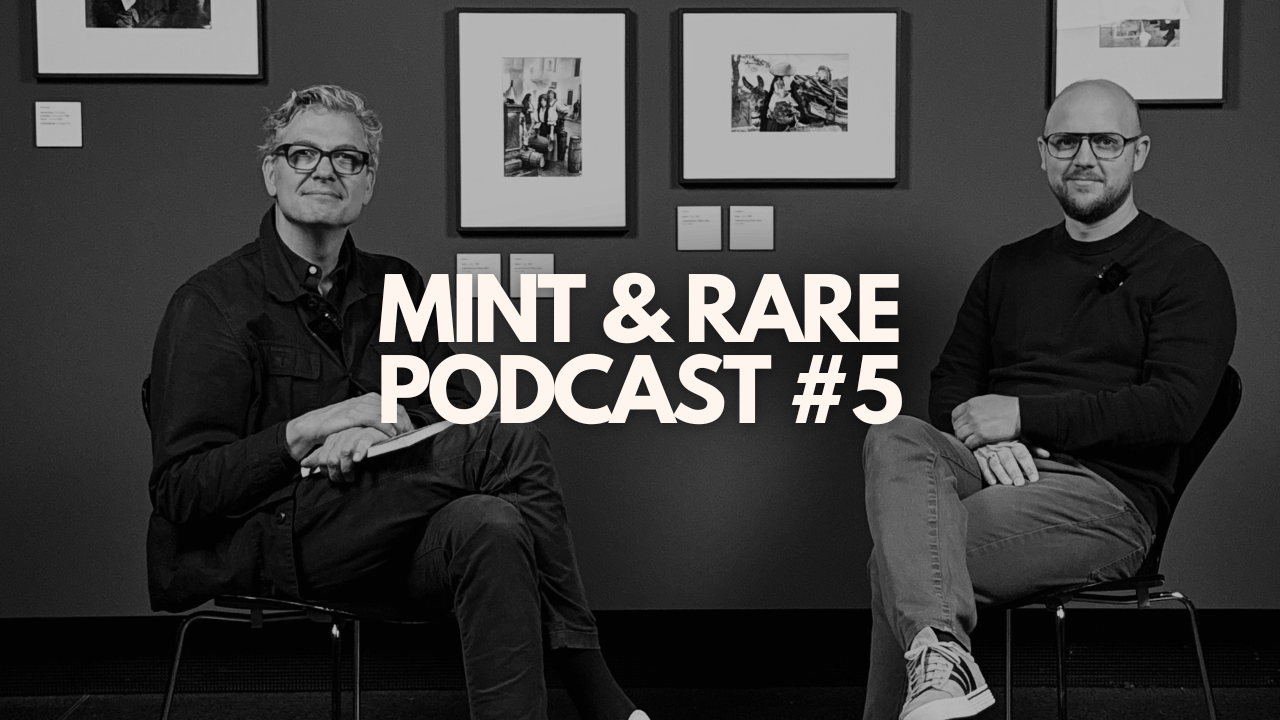Hugo Meyer Görlitz Makro Plasmat 2.7/105mm
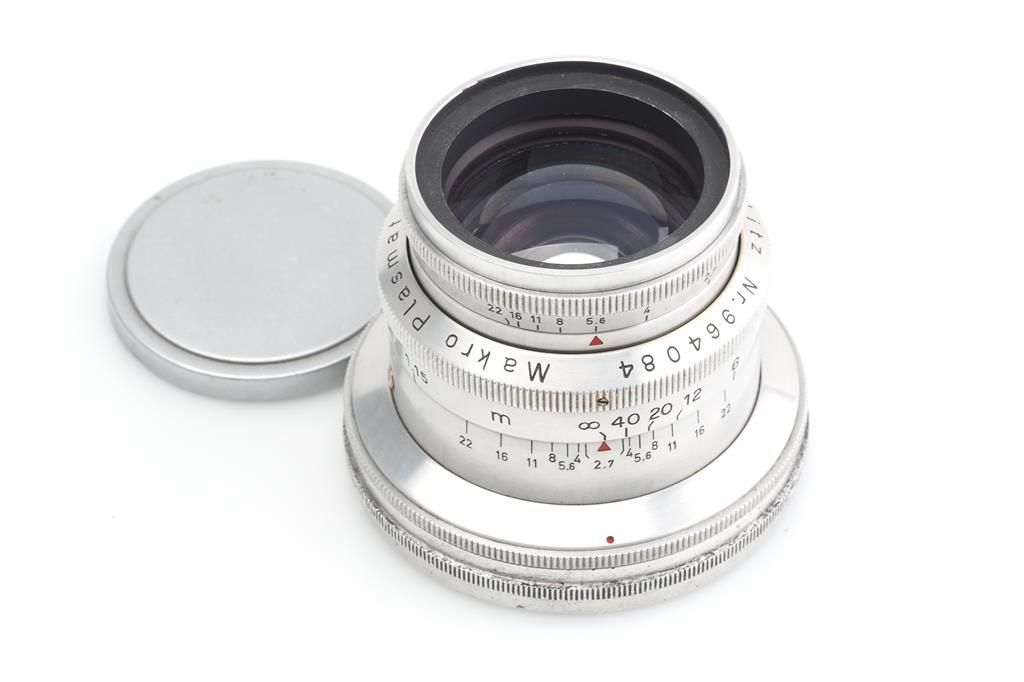
The Hugo Meyer Makro Plasmat 2.7/105mm is characterised not only by its high optical performance, but also by its rarity and the associated collector's value. We shed some light on this sought after lens and its history.
The Company
Hugo Meyer Optik is a traditional German company that rose to the top of the German optical industry during one of the most significant periods of change in the history of photography. The company was founded in 1896 by Hugo Meyer and the businessman Heinrich Schätze in Görlitz (Saxony) and was initially known as "Optisch-Mechanische Industrie-Anstalt Hugo Meyer & Co". From the outset, the company focused on the development and manufacture of high-quality optical instruments for use in photography and other fields such as astronomy and navigation.
Early years and innovations
An enormously important development in photographic technology from around 1890 was the introduction of the flexible film base, which, in the form of roll film, formed the basic prerequisite for the gradual establishment of amateur photography in the following years. This opened up a huge new sales market, which grew steadily and naturally also boosted the camera and lens manufacturing industry. The demand for lenses increased enormously and made it possible for new companies such as Hugo Meyer and Schneider-Kreuznach to enter the market. At the same time, however, the demands on the imaging performance of the lenses also increased, which was also related to the parallel wave of format reduction.
In 1909, Hugo Meyer Optik launched the first macro lens on the market. These lenses were specially designed for macro photography and enabled photographers to capture the finest details and small objects with exceptional clarity and sharpness. The Makro Plasmat 2.7/105mm, which would later become one of the company's best-known products, is one of these early innovative developments.
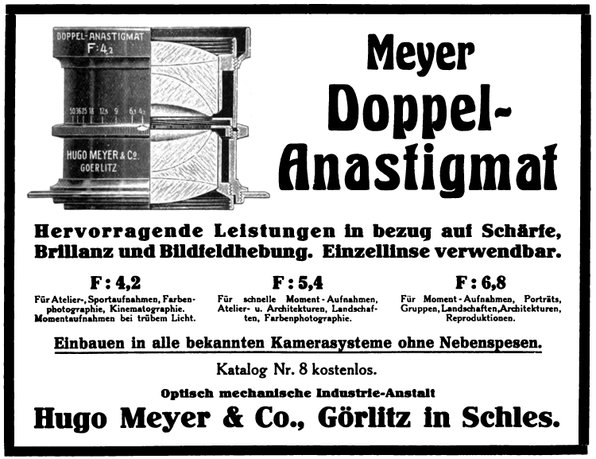 1911
1911
Expansion and new markets
In the 1920s the company expanded and began to produce high quality telescopes and planetarium projectors. These were used not only by scientific institutions and astronomical observatories, but also by the general public as hobby optical products.
At the same time, Hugo Meyer Optik began to offer its lenses to professional photographers worldwide. The company produced optical systems for cameras and film projectors used in the film industry. In this way, the company contributed to the development of modern film technology.
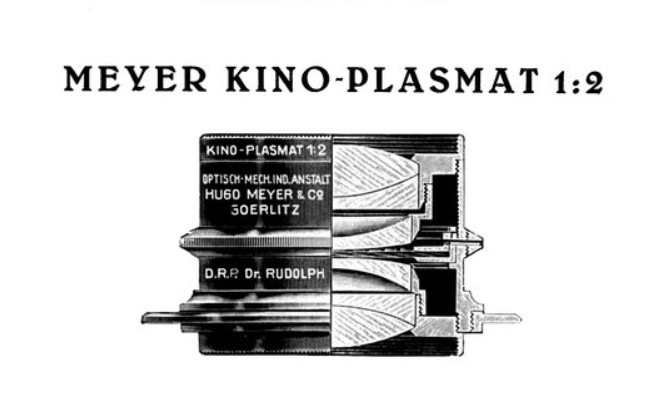
For Meyer-Optik, Dr Paul Rudolph, who had already gained an excellent reputation at Carl Zeiss Jena, was a great gain in prestige and expertise. With his Makro-Plasmat [DRP No. 456.912 of 19 August 1926], he had developed a lens type that achieved an unusually high correction for the time at medium light intensity. The aim was to create a new top-of-the-range lens for the emerging 35mm and roll-film cameras that would be relatively inexpensive to manufacture thanks to the relatively low curvature of the lens elements and the absence of expensive heavy crystal glass. The use of low-refractive lenses and the resulting reduction in reflections at the interfaces was also intended to reduce sensitivity to stray light [Gronow, Harald von: Paul Rudolph on his 70th birthday; in: Photographische Korrespondenz, 11\/1928, p. 325f.]. Nevertheless, this macro-plasma was still too far ahead of its time to be widely used. It was not until the advent of the new thin-layer emulsions and precise single-lens reflex cameras twenty years later that such highly corrected lens types could be used to their full potential.
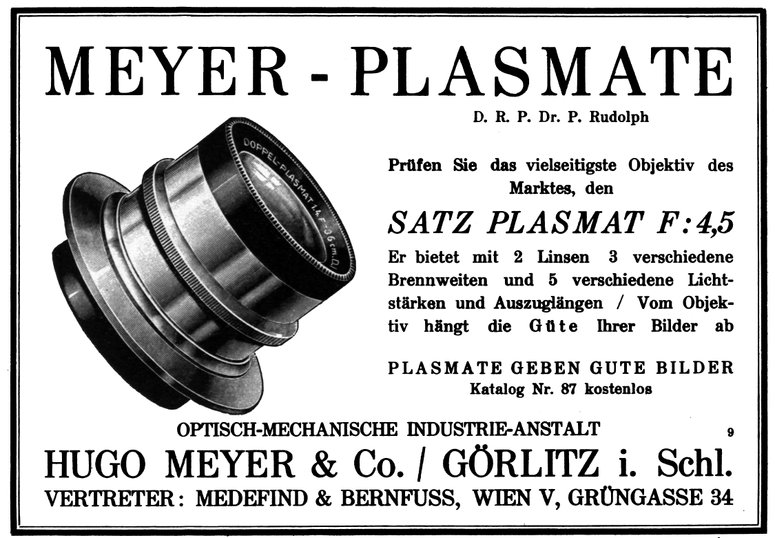
1926
The 1930s and the rise of the Makro Plasmat.
In the 1930s, Hugo Meyer Optik introduced one of its most famous lenses - the Makro Plasmat 2.7/105mm. This lens had exceptional optical characteristics and was quickly adopted by macro and portrait photographers. It was particularly popular with photographers who wanted to create detailed, razor-sharp images with beautiful bokeh. The high speed of the Makro Plasmat enabled impressive images to be captured even in low light, making the lens a sought-after tool for professionals.
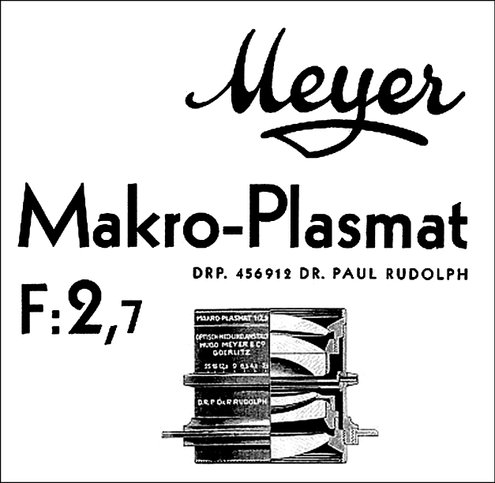
The Hugo Meyer Makro Plasmat 2.7/105mm lens is one of the best-known and most valued macro lenses in the history of photography. It represents a milestone in the development of macro lenses. This lens is particularly popular with collectors and photographers due to its outstanding optical properties and classic design.
General Features
The Makro Plasmat 2.7/105mm is a telephoto macro lens wich was originally developed for macro photography, but also offers excellent results in portrait photography. The focal length of 105 mm enables photographers to achieve a considerable magnification of subjects at macroscopic proximity, while the relatively large aperture diameter of f/2.7 produces good light intensity and appealing bokeh.
- Focal length: 105 mm
- Maximum aperture: f/2.7
- Minimum aperture: f/22
- Aperture blades: 10
- Focusing: Manual
- Construction: Plasmat (symmetrical arrangement of the lens groups around the aperture)
The lens is a further development of a double Anastigmat construction, which is characterised by symmetrical lens groups. This type of lens construction minimises optical distortion and results in uniform sharpness across the entire image field. This plays a decisive role in macro photography in particular, where extreme attention to detail is required.
Optical performance
The optical performance of the Makro Plasmat 2.7/105mm is exceptional, offering high sharpness, good contrast and a pleasing background blur effect (bokeh). This makes it a favourite tool for macro photographers and portrait photographers looking for excellent detail and soft, pleasing bokeh.
- Sharpness: Especially in the centre of the image, the lens is extremely sharp and achieves remarkable sharpness even at wide open aperture (f/2.7).
- Bokeh: The bokeh of the Makro Plasmat is one of its most striking features. The relatively large aperture diameter of f/2.7 ensures a pleasant background blur, which is particularly appreciated when taking portraits. The 10 aperture blades contribute to a very soft, almost round blur that draws the viewer's focus to the subject.
- Colours and contrasts: The lens produces vivid colours and strong contrasts. This is particularly useful when it comes to emphasising small details in macro photography. The image reproduction is true to life, without excessive colour fringing or chromatic aberrations.
Areas of use
The Makro Plasmat 2.7/105mm is a multi-purpose lens that can be used in various photographic areas:
Macro photography: due to its excellent sharpness and attention to detail, the lens is ideal for photographing small subjects at close range. It captures even the finest details with outstanding clarity and enables photographers to create extremely enlarged images.
Portrait photography: With its large aperture of f/2.7 and remarkable ability to create a smooth, even background blur effect, the lens is also perfect for portrait photography. The three-dimensionality of the images and the soft bokeh effect make for impressive, artistic portraits.
Art and detail shots: The lens is also suitable for artistic photography or detailed shots of objects, where the main focus is on the fine details and sharpness of the subject.
Conclusion
The Hugo Meyer Makro Plasmat 2.7/105mm is characterised not only by its high optical performance, but also by its rarity and the associated collector's value. The very high quality, coupled with the remarkable optical performance, makes it an indispensable part of photographic history and a valued instrument for those who are looking for something special.
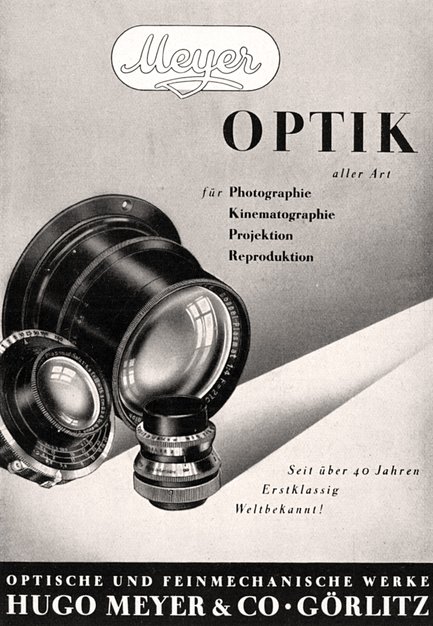 1937
1937

